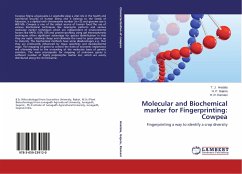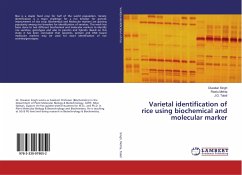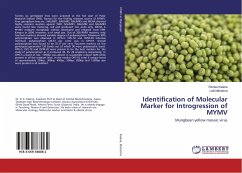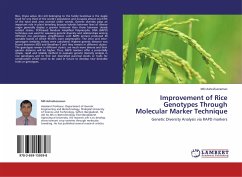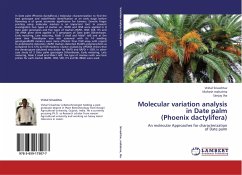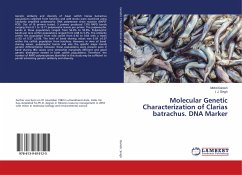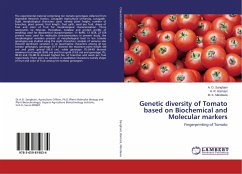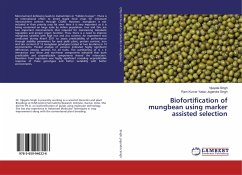Cowpea (Vigna unguiculata L.) vegetable plays a vital role in the health and nutritional security of human being and it belongs to the family of fabaceae, is a diploid with chromosome number 2n=22 and genome size is 600 Mb. Cowpea is one of the oldest source of human food.The use of various biochemical techniques like isoenzyme patterns and various molecular marker techniques which are independent of environmental factors like RAPD, ISSR, SSR and protein-profiling using gel electrophoresis techniques offers significant advantage for species identification in that they are rapid, relatively cheap and eliminate the need to grow plants up to maturity. The biochemical methods have some disadvantages e.g. that they are profoundly influenced by tissue specificity and developmental stage. The mapping of genes to control the traits of economic importance will ultimately level to the unraveling of the molecular basis of genetic variation. The main prerequisite for mapping of unknown genesis sufficient number of highly polymorphic marker loci, which are evenly distributed along the chromosome.
Bitte wählen Sie Ihr Anliegen aus.
Rechnungen
Retourenschein anfordern
Bestellstatus
Storno

